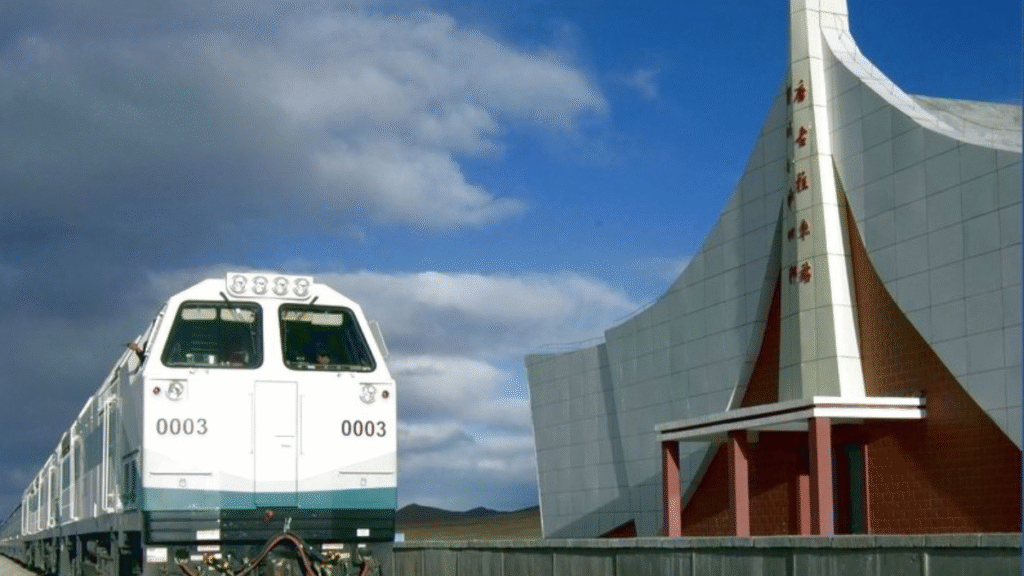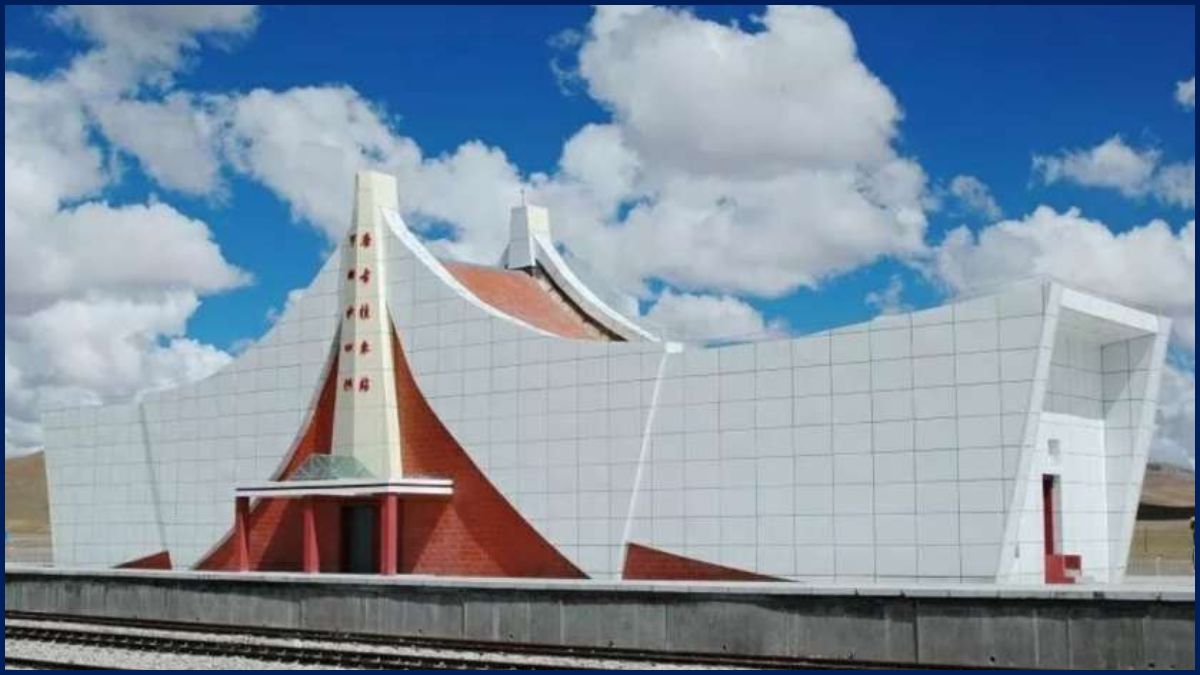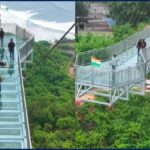Where is the Highest Railway Station in the World?
When you think of train journeys, you probably imagine winding tracks, scenic valleys, and sleepy little stations. But one stop on the Qinghai Tibet Railway pushes the limits of what railways can achieve. Welcome to Tanggula Railway Station in the Tibet Autonomous Region of China the highest railway station in the world, sitting at a mind-boggling 5,068 meters (16,627 feet) above sea level.
Tanggula is part of the Qinghai Tibet Railway, a 1,956-km line linking Xining in Qinghai Province with Lhasa, Tibet’s capital. This railway is famous not just for its height but also for the engineering challenges it overcame. Imagine building tracks across permafrost, battling oxygen shortages for workers, and laying rails in some of the coldest, most remote landscapes on Earth. When it opened in 2006, it was hailed as a marvel of human determination and technology.

What makes Tanggula Station fascinating is its paradox: despite holding a world record, it’s unmanned and closed to passengers. No ticket counters, no crowds, no bustling chai-sellers like you’d expect in India just a lonely station built mainly for technical purposes. Its surroundings, however, are anything but ordinary. From the platform (if you could stand there), you’d see the sweeping Tibetan Plateau, jagged snow-capped peaks, and endless grasslands under a sky so vast it almost feels unreal.
Travelers on the Qinghai Tibet line don’t get to step off at Tanggula, but they do get to see it as the train slows down near the station. To make the journey possible for ordinary passengers, the trains are equipped with onboard oxygen supply, since the air at this altitude is so thin it can cause breathlessness or altitude sickness. Watching the desolate yet stunning landscapes from the comfort of a pressurized cabin is part of what makes this journey legendary.
Tanggula Station is more than just a dot on a railway map. It stands as a symbol of how far human ambition can go a reminder that railways aren’t just about reaching destinations, but also about proving that even in the harshest places on Earth, we can lay tracks and connect worlds.






